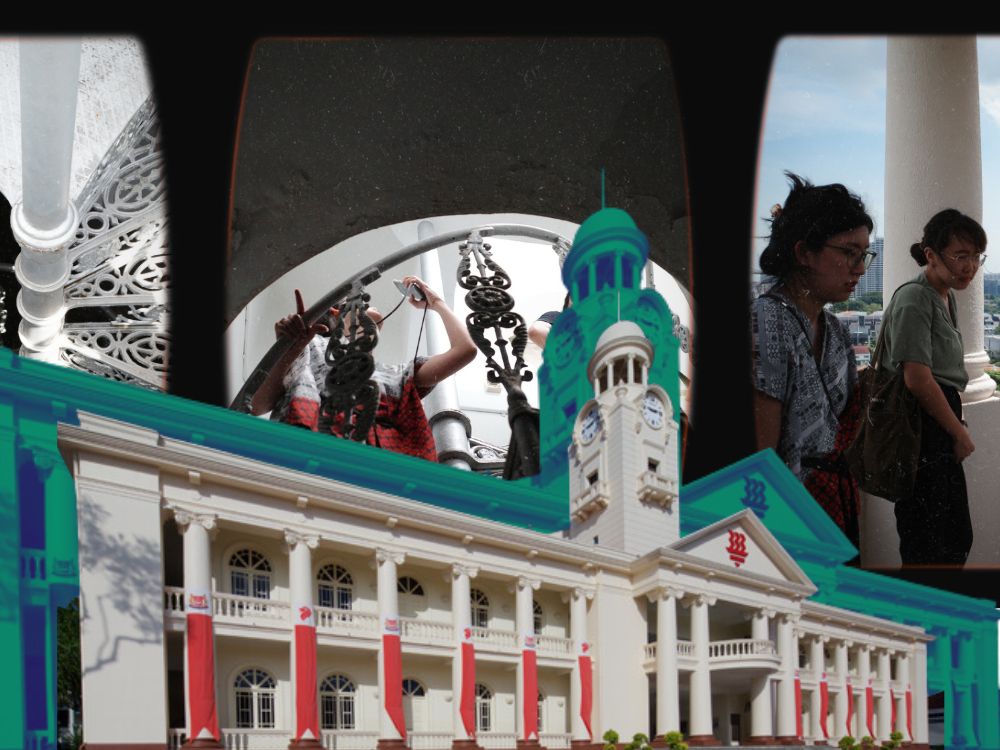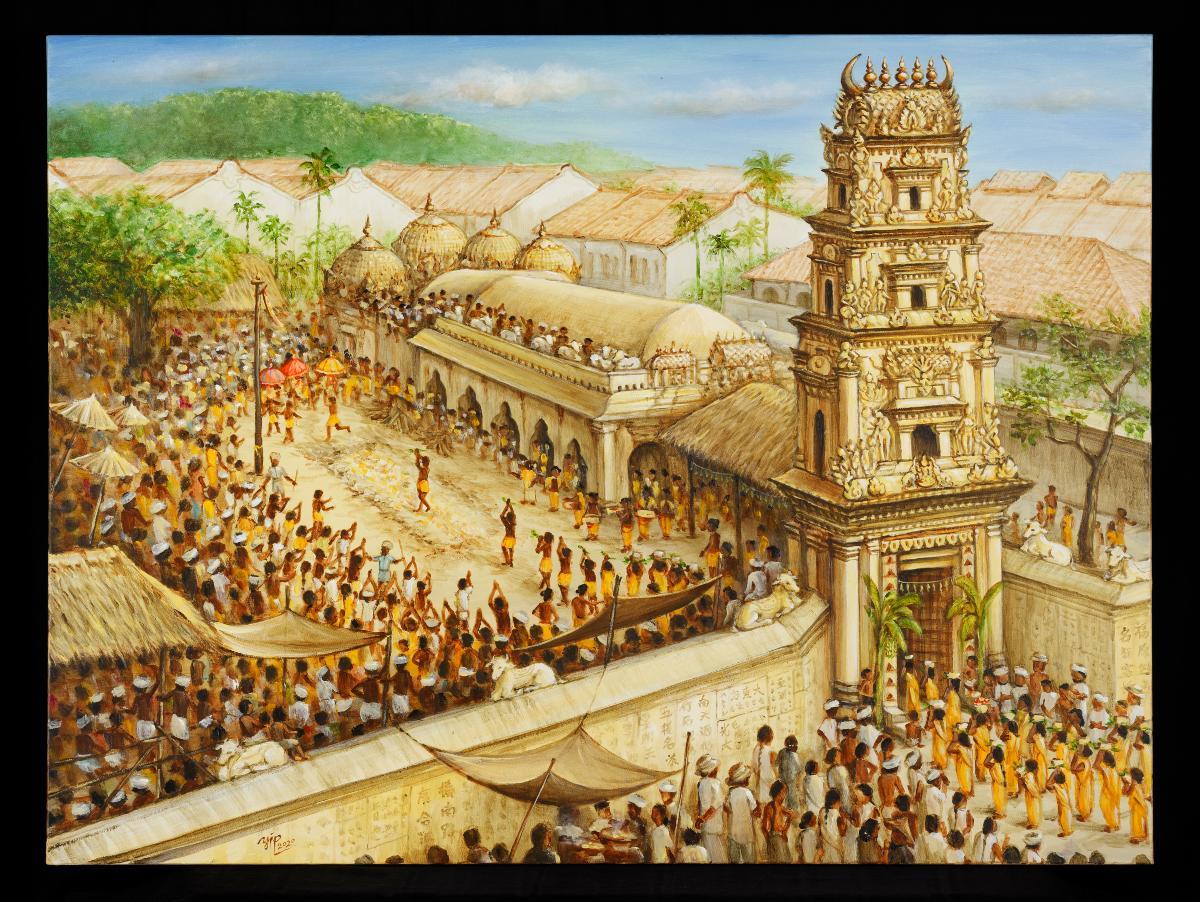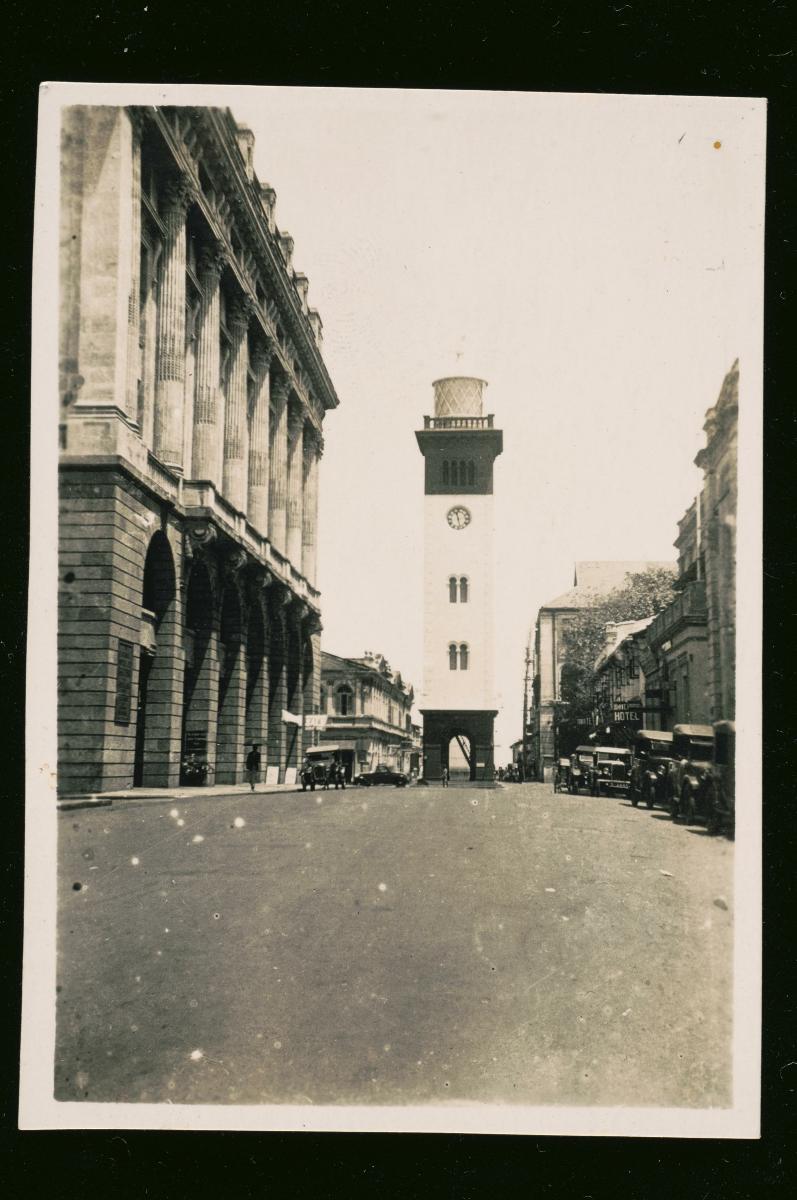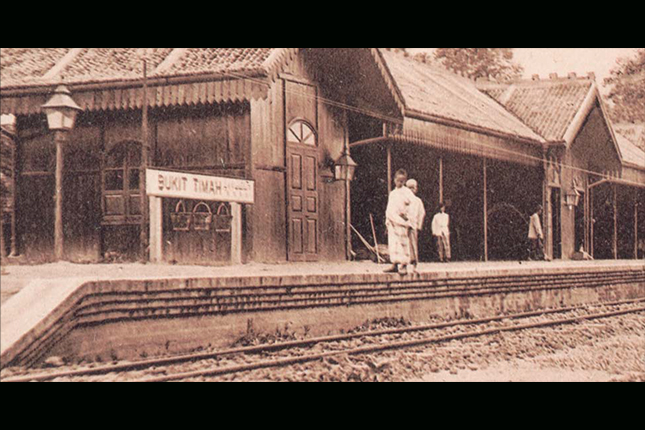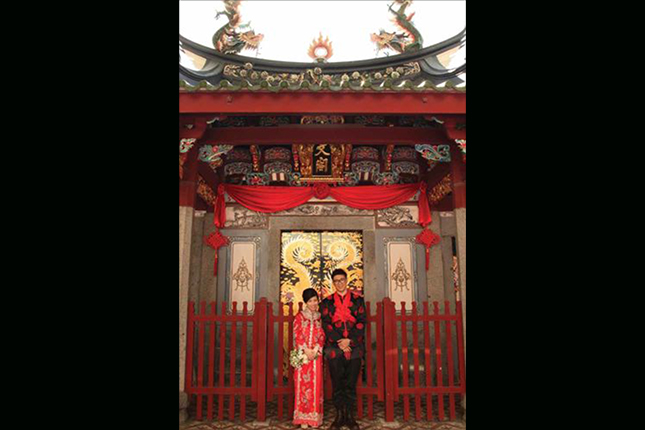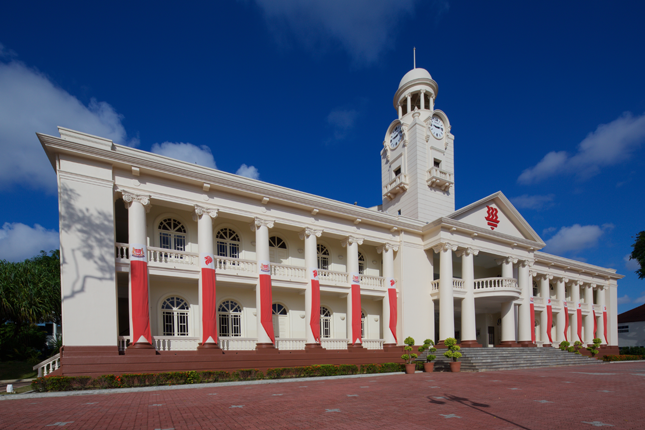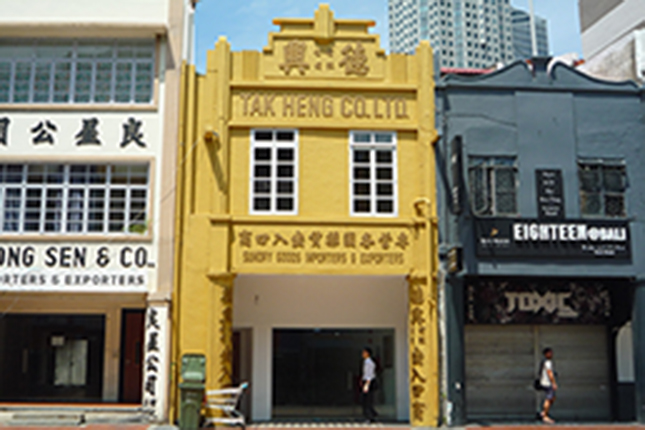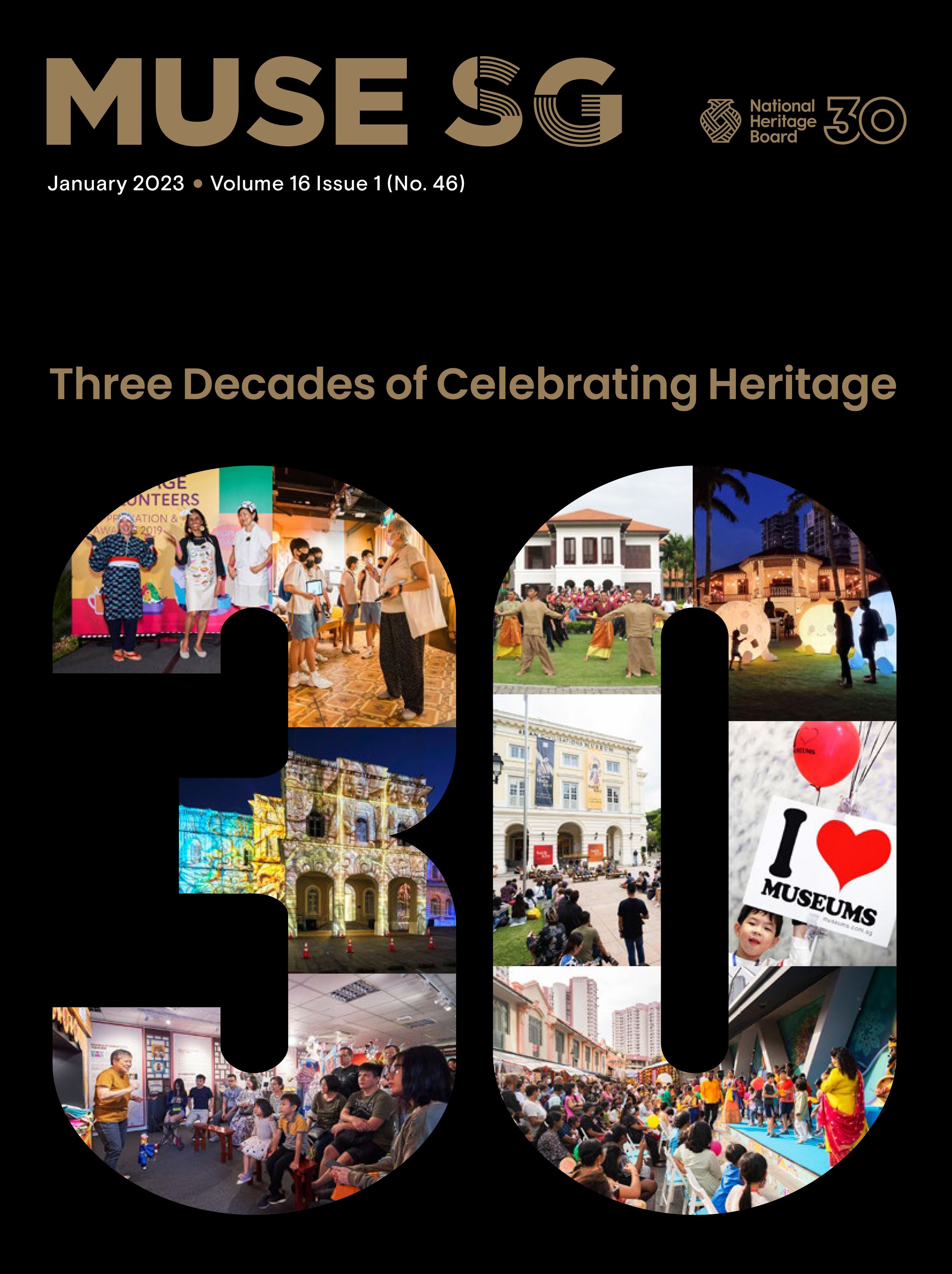Text by Ms Clara Khoo, Hwa Chong Institution
Not many can say that they work at a place which has a building that is gazetted as a national monument - I am one of the lucky few as a teacher in Hwa Chong Institution (HCI).
As a history buff and heritage lover, I am always in awe whenever I drive up the slope and see the Clock Tower Building at the start of the day.
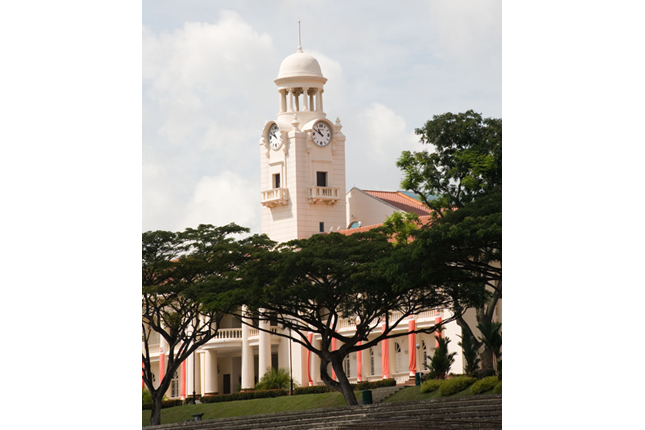
While staff and students can see and walk past the historical landmark on a daily basis, being able to step inside is another thing altogether. The top of the Clock Tower is kept under lock and key, so imagine my excitement when I was able to access it as part of my MOE Teacher Work Attachment (TWA) with The National Heritage Board (NHB).
With the help of the school’s Dean (Special Projects), Mr Tan Pheng Tiong and the school’s Estate personnel, we were given a tour of the Clock Tower through a staircase atop the building’s roof.
Once inside the Clock Tower, we saw an iron staircase very similar to the one inside the National Museum of Singapore and it was very narrow indeed! After climbing up what felt like a very long few minutes and getting slightly dizzy, we reached a mezzanine level with four smaller doors that each opened up to a smaller balcony and one of the four clock faces.
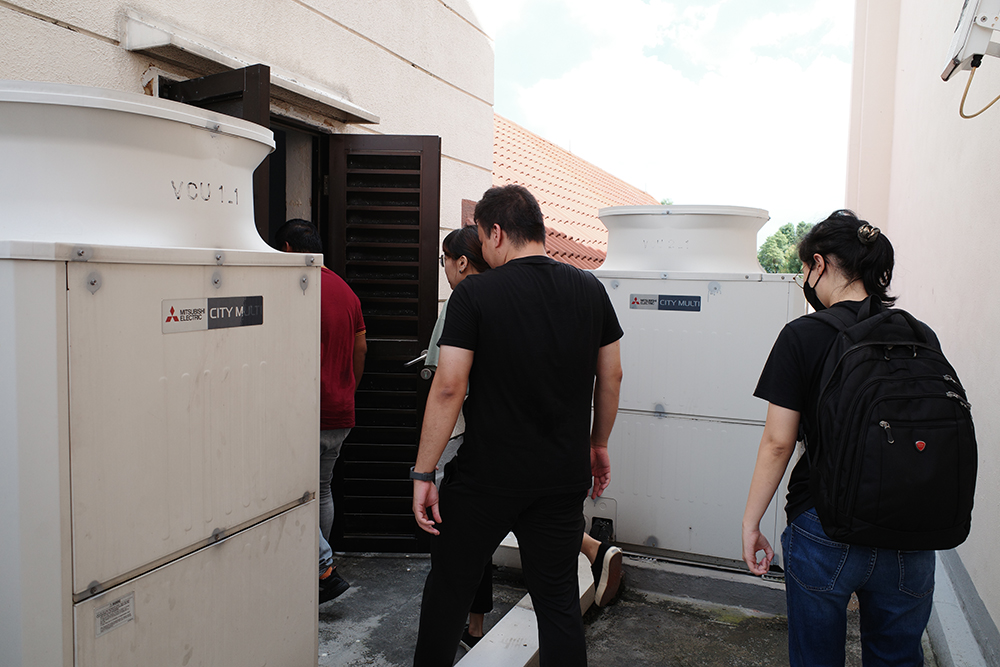
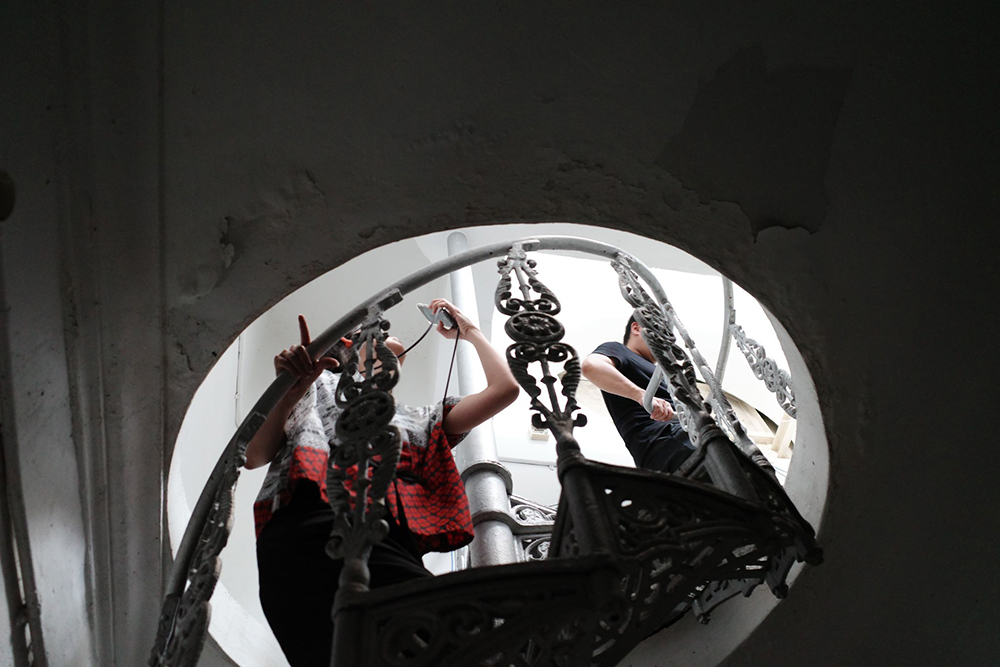
At the top of the Clock Tower, the view of Bukit Timah and its surroundings was simply breathtaking! Some of us were trying to identify the buildings in the distance - you could see all the way to the city center while the others were wondering whether the iron staircase was the original one from the 1920s. I was just trying to take it all in that we had just scaled up a pre-war artefact which had so much history to tell.
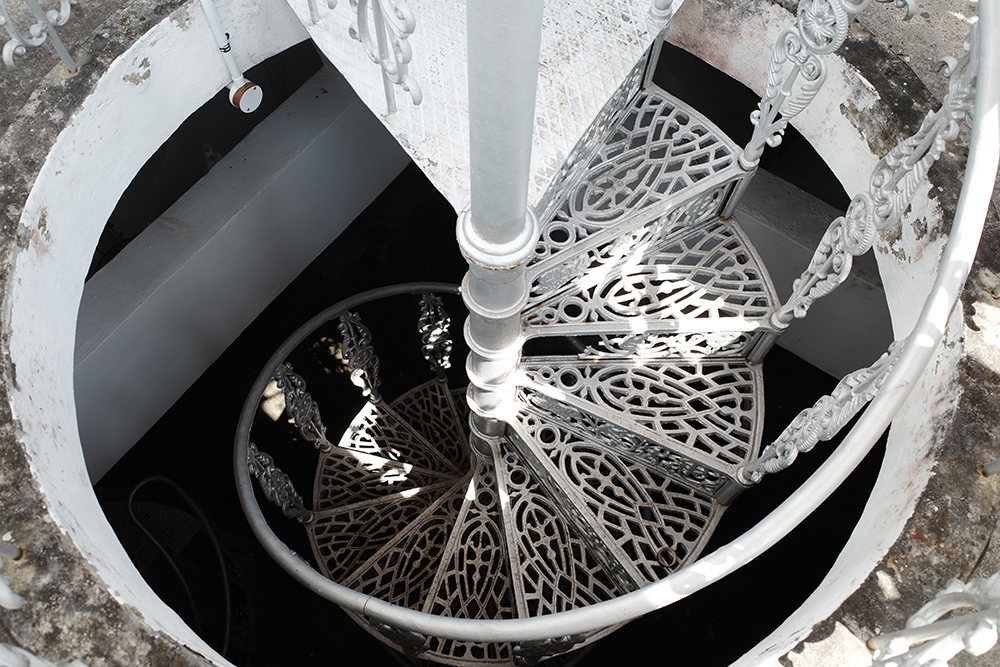
Towards the end of the site recce, one of the estate personnel asked, “why are they so interested in the Clock Tower? … It seems like many people like to look to the past.”
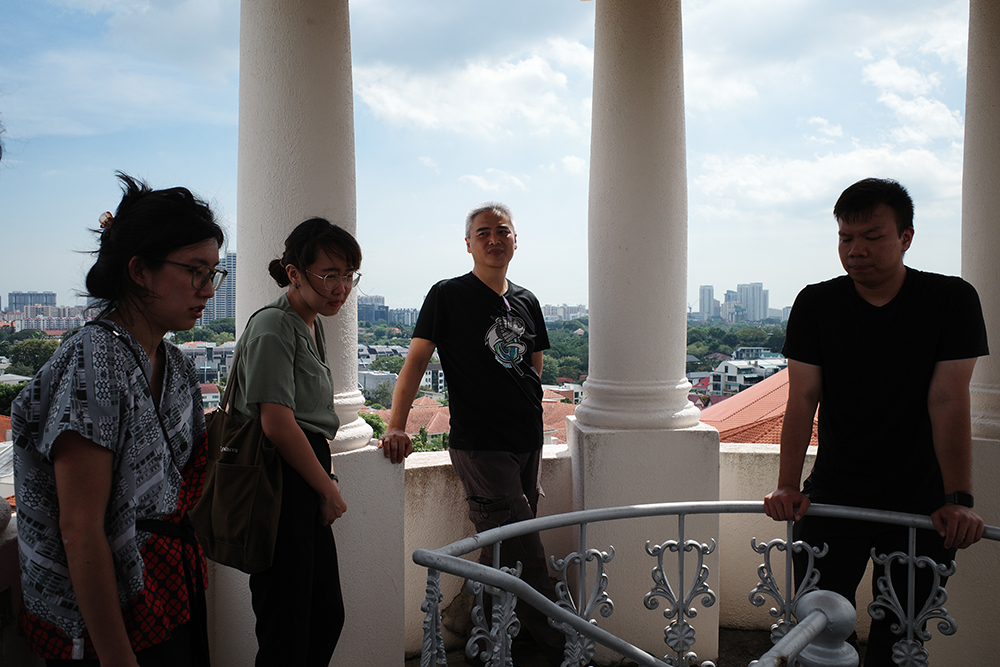
I chuckled to myself and thought, “I’m one of them” before replying that our school is probably the only one with a Clock Tower Building that has been gazetted as a national monument - especially in view of the rich history that the Clock Tower bore witness to.
Completed in 1925, the Clock Tower Building is one of the few surviving Swan & Maclaren buildings from that period that reflected a move towards modernism in Singapore’s architectural history. During World War II, the Clock Tower Building with its height and vantage point by both the Japanese and British troops as a surveillance point. In the post-war period, the Clock Tower Building also witnessed the tumultuous period of the 1950s and 60s when the school campus was rife with student activism.
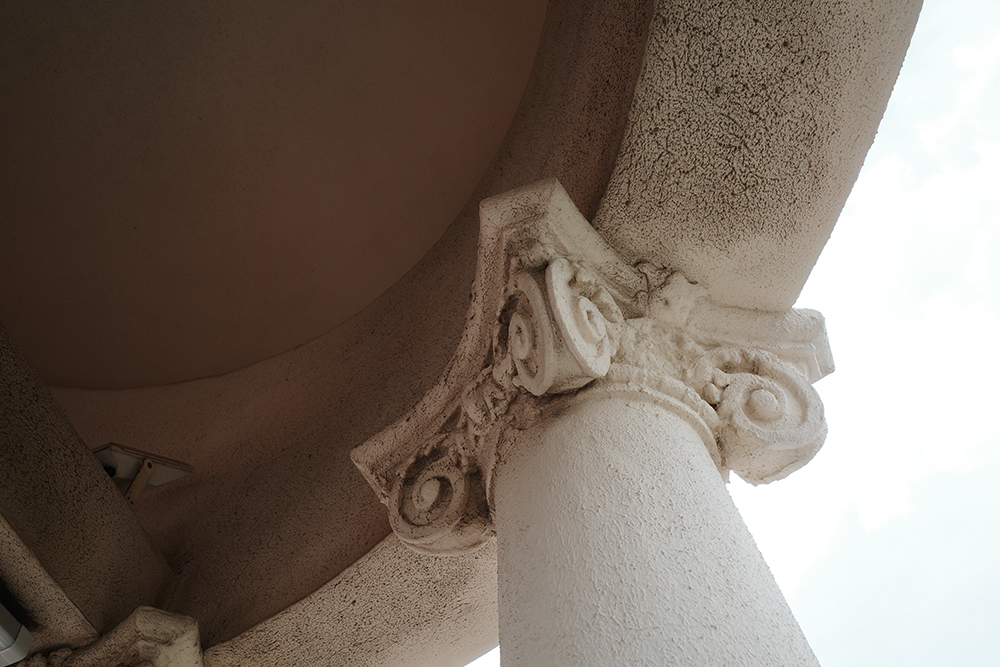
The final outcome of the collaboration between HCI and NHB was a digital 3D scan and virtual reality imaging of the Clock Tower Building. This provides staff and students with an opportunity to see inside the Clock Tower that would otherwise not be possible - a true win-win for everyone.




